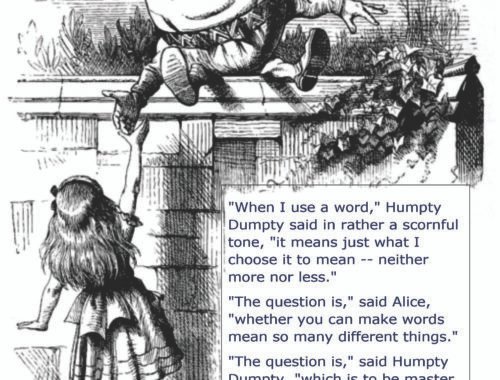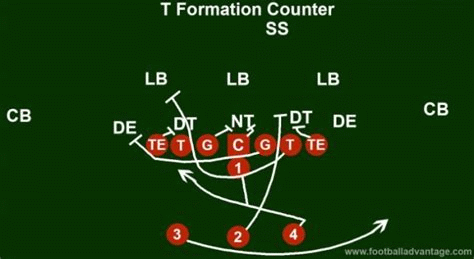
Coexist Part 1: Framing the Issue
It is good that war is so horrible, or we might grow to like it. Robert E. Lee.
 I frequently see cars with the Coexist bumper sticker. When I see them, I often wonder about the person who put the bumper sticker on their car. Why? Are they true believers or virtue signalers? When situations get complicated like that of Israel and Hamas, how will they act? This blog, part 1, provides an introduction and frame the issues.
I frequently see cars with the Coexist bumper sticker. When I see them, I often wonder about the person who put the bumper sticker on their car. Why? Are they true believers or virtue signalers? When situations get complicated like that of Israel and Hamas, how will they act? This blog, part 1, provides an introduction and frame the issues.
The motor and wheels website says:
The coexist bumper stickers are intended to spread a message of peace among humans irrespective of their race, religion, or gender. This seems straightforward but noble, and the coexist symbol has been around for a long time.
And
The COEXIST bumper stickers began gaining popularity in the early 2000s in the United States.
The reason behind this was fundamental, because of the US military overt presence in Afghanistan and Iraq in the aftermath of the 2001 September 11 attacks.
The COEXIST bumper stickers when used on cars today, subliminally appeals to the hearts and minds of motorists and other road users for the need for peaceful coexistence.
In essence, they are trying to reshape society and disrupt war efforts.
In Star Trek’s First season, 23rd episode, A Taste of Armageddon, two worlds are at war, but they simulate the attacks on a computer. The computer assesses the casualties, and the affected world executes the required number of citizens. Captain Kirk tells the leaders,
“All right, it’s instinctive. But the instinct can be fought. We’re human beings with the blood of a million savage years on our hands, but we can stop it. We can admit that we’re killers, but we’re not going to kill today. That’s all it takes. Knowing that we won’t kill today.”
What he is really getting at is the evolution of humanity away from killing and war. It is the public spirit behind the Coexist symbol in the opening graphic—getting beyond for the need for violence and distrust of the stranger. That is a laudable goal and one I support. Humanity needs to evolve. The problem is, humanity is not evolving together. There are groups depicted in the graphic that not only do not want to play nicely in the sandbox, but actively want to throw others out of the sandbox. If the “evolved” groups are not careful, not only will they get expelled from the sandbox, but other groups will also kill them.
Japan is a prime example. After WWII, Article Nine of its constitution renounced war. Over time, however, as threats developed, the Japanese Self-Defense force grew in size and capability. Now, with the potentially existential threat from China, the self-defense force is essentially a capable military that can deploy.
John Stuart Mill, a British philosopher and liberal utilitarian, wrote,
“War is an ugly thing, but not the ugliest of things; the decayed and degraded state of moral and patriotic feeling which thinks that nothing is worth war is much worse. A man who has nothing for which he is willing to fight; nothing he cares about more than his own personal safety; is a miserable creature who has no chance of being free, unless made and kept so by the exertions of better persons than himself.”
He implicitly recognized the tension in the coexist graphic. War is antithetical to an evolved society, but not all societies are evolved and can present an existential threat to a disarmed, evolved society. This produces a conundrum for an evolving or evolved society: how to live to your belief in coexisting and remain free in a complex and often unevolved way. This dynamic works internally as well if the society is very heterogenous. So let us look at some of the Coexist dynamics.
Internal.
- Coexist believers. This group genuinely believes in the tenets of the Coexist movement. Some are truly evolved and others want to be. Some are in the group because they like the concept, even if they do not really understand its requirements and ramifications. The “me too” part of the group is ripe for exploitation and manipulation. By and large, these are good people, but may be subject to manipulation and exploitation. True believers require virtue.
- Coexist exploiters. These are people who do not subscribe to coexist, but use it to manipulate believers to accomplish their own ends, that may have nothing to do with the believers’ concept of coexistence.
- Politicians. Politicians may be believers or exploiters. But if they are involved in the coexist movement, they use it to pursue their own ends. These ends may or may not correspond to the coexistence movement. Their primary goal, at least after their first terms, is to get re-elected.
- Bureaucrats. Bureaucrats, like politicians, may employ coexistence concepts to build their power base. The primary difference between them and politicians is they do not need to get re-elected. Their goals is to sustain tie policies and programs that are tied to their power base.
- Religious Clerics. Historically, many religious clerics have used their authority to dominate their society and gain political and financial power. Not all, but enough to consider the ramifications of their actions.
External.
- States. There are several states that clearly do not believe in coexistence. These include China, Russia, North Korea, and Iran. China wants us to think they are advocates of coexistence, but they are not. There are other states that can fall into this category, depending on the situation and issues.
- Non-state actors. Actors such as Hamas, Hezbollah, ISIS (and its derivatives) clearly do not seek coexistence. They also have the power and capability to act. The funny thing is when coexist believers support them out of a misplaced sense of righting what they perceive as wrongs. This is where critical thinking comes into play. Believers must be able to sort the wheat from the chaff.
- Non-Government Organizations (NGO). These are organizations such as Doctors Without Borders, the World Wildlife Federation, and Greenpeace. They are motivated, at least on the surface, by the same motivations that drive coexist believers. I looked at whether these organizations can be held ethically responsible in a paper I wrote during a political science course on international ethics, Can a Non-State Actor be a Collective Moral Agent that is Ethically Responsible for Its Actions? I concluded they can and should be. But even though their mission statements may reflect the values behind coexistence, their actions, at least at the action level, may not. At times, they seem to act like the end justifies the means.
- Other Government Organizations (OGO). The big daddy of these organizations is the United Nations. The UN’s missions and activities can often overlap and support NGOs. Many conservative groups love to beat up on the UN, but objectively, we need to assess what the UN does and its impact.
Follow-on part will look at these dynamics and their impact on domestic tranquility and security. Key concepts include moral evolution, virtue, and critical thinking. A key question is, how do groups that seem based on coexistence doctrine support Hamas?





